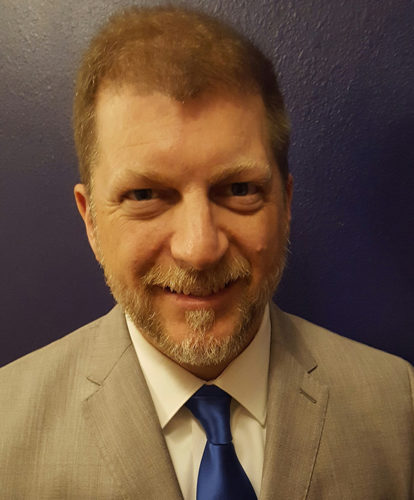
Perhaps a social worker will hand a patient a pamphlet on addiction or treatment, or in some cases, the ED may even administer a dose of buprenorphine to help with withdrawal symptoms. In far too many cases, though, that is the end of treatment for most ED overdose patients.
Eric Ketcham, MD, FACEP, an emergency department physician, saw this happen first hand over and over again. Even for patients who were ready to seek treatment following an overdose, the options in Farmington, NM were extremely limited—as they are throughout the country. Treatment facilities are overloaded and behavioral health clinics are booked solid, leaving motivated patients with few options and little support.
Dr. Ketcham’s ED department’s first response to opioid-seeking patients was to institute an opioid-seeking recidivism reduction program. It worked well to reduce the number of prescriptions given to patients who were “doctor shopping” for prescriptions. But it did little to solve the underlying issue of addiction. Heroin and prescription opioid use continued to grow, as did the number of overdoses.
A 2015 study published in the Journal of the American Medical Association1 showed a significant increase in the percentage of patients who remained in treatment when treatment was immediately available. The study found that 78 percent of patients who were administered buprenorphine in the ED and then immediately admitted into a treatment program were still in treatment 30 days following the initial treatment. Only 38 percent of those given an informational pamphlet were in treatment after 30 days.
Dr. Ketcham knew he could reduce the cravings of patients with a dose of buprenorphine, but he was still frustrated with the number of “repeat” customers—even those patients who wanted nothing more than to quit using opioids. In 2014, a methadone clinic opened in his city and gave him hope. About a year later, though, it became apparent that the clinic would close. About that time, the new management company running the clinic contacted Dr. Ketcham and asked if he would be willing to fill in as the clinic’s physician.
Though he already had his buprenorphine waiver, Dr. Ketcham admits he was far from an expert in treating addictions, but knowing how great the need was for an OTP (Opioid Treatment Program) that integrated not only addiction medicine but also mental health, he agreed. The clinic’s patients benefit from the more complete approach of interacting with a nurse daily and the counseling and “wrap around” services the counselors provide.
“What really has made our program successful is the collaborative relationship we have with our hospital’s behavior health service,” Dr. Ketcham says. “At least a third of our patients need treatment for their co-occurring depression, anxiety, PTSD, ADHD, bipolar disorder, or other psychiatric illnesses. Treating those co-occurring conditions greatly facilitates the success of our opioid addiction treatment and vice versa. If we limit our focus to only treating opioid dependence, we miss opportunities to make a much greater impact.”
Through his experiences, both as an ED physician and running an OTP, Dr. Ketcham has concluded that intervention in the ED—where so many patients are initially seen—coupled with a clinic to promptly send patients could have a huge impact on the number of patients entering treatment. “The vast majority of emergency departments have no place to refer patients for OUD treatment,” he says.
Treating patients with opioid addiction can be frustrating, he says, but the rewards are tremendous. One of his favorite patients was a frequent visitor to the ED, for reasons related to her addiction, including multiple severe infectious complications (skin abscesses, endocarditis, brain and spinal abscesses, etc.). Though Dr. Ketcham would talk to her about getting in treatment, she was hesitant and afraid. It wasn’t until she read a story in the local newspaper about the clinic Ketcham was running that the idea of getting well sunk in. The woman, her husband, daughter, and son-in-law, all showed up at the clinic one day seeking treatment. Heroin had been a family affair, and so would be recovery.
“She’s been more than a year without a positive test” for opioids (other than methadone), Dr. Ketcham says. Her daughter had never known a mother who was not using heroin, and now the entire family is doing better. “The reality is that most of our patients have done very well. They’re staying out of jail, and have jobs. They’re getting their lives back.”
Having an entire family in treatment is saving thousands of dollars; it is far cheaper to treat addiction than to treat a patient for a variety of opioid-related health issues, he notes.
“This disease does not spare rich or poor, black or white. There is so much work to be done,” Dr. Ketcham says. “I do think we’ve made a lot of progress.”
1.) https://jamanetwork.com/journals/jama/fullarticle/2279713
Dr. Ketcham is medical director of the opioid addiction treatment service via New Mexico Treatment Services in Farmington, NM, and co-medical director of multiple EMS agencies in northwest New Mexico, and a staff emergency physician at San Juan Regional Medical Center in Farmington and at Los Alamos Medical Center in Los Alamos. He is on the board of directors for the New Mexico chapter of the American College of Emergency Physicians, a PCSS steering committee member.

